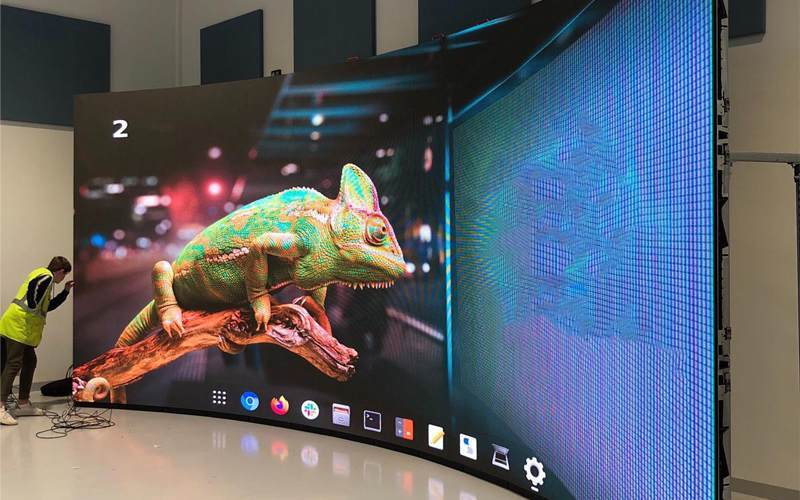Examining the Fundamental Elements That Affect Brightness in LED Wall Screens
Examining the Fundamental Elements That Affect Brightness in LED Wall Screens
Blog Article
LED panel screens are progressively favored for and advertising and entertainment due to their bright and vivid images. Grasping the elements that influence the luminosity of these panels is essential for manufacturers and consumers alike. Luminosity is typically gauged in candelas, which shows how much light is produced from the area of the screen. Several key factors affect to the overall luminosity, including the kind of Light Emitting Diode used, the caliber of the screen materials, and the energy provided to the panel.
The kind of Light Emitting Diode chip used in a panel panel plays a crucial role in its luminosity. Various LEDs produce varying levels of lumens, which gauge the amount of light perceptible to the human eye. High-quality components, such as those made using advanced technology, can generate brighter illumination with higher efficiency. Furthermore, the color tone of the LED also influences perceived luminosity. For instance, colder hue temperatures (higher K values) can appear brighter than warmer ones, even at the identical lumen level. This feature is important for uses where visibility is important, such as in outdoor promotion.
The materials used in the building of LED panel screens also influence their luminosity. The type of foundation and encapsulation materials can influence how much light is conducted versus how much is absorbed or dispersed. For example, a panel made with premium optical material will allow more illumination to flow through than one made with lower-grade materials. Additionally, the configuration of the panel, including its depth and the arrangement of the Light Emitting Diodes, can enhance or diminish luminosity by affecting how illumination is distributed across the panel.
The power directory source provided to the LED panel panels is another key factor in establishing brightness. Each Light Emitting Diode chip has a particular voltage and electric flow requirement for optimal functioning. If the power source falls short, the brightness of the screen will diminish. Conversely, supplying too much energy can lead to excessive heat and reduced durability of the LEDs. Therefore, ensuring a stable and adequate energy supply is crucial for achieving uniform luminosity levels. This is particularly vital in dynamic screens, where brightness may need to be modified for varied lighting conditions.
Lastly, surrounding factors can influence how luminosity is viewed. Ambient light conditions play a major role in how bright an LED panel panel looks. In bright daylight, for example, a screen with a lower luminosity rating may have difficulty to be visible clearly, while a higher-brightness screen can stand out more efficiently. Click Here Additionally, the perspective from which the panel is observed can affect luminosity perception due to how light reflects off surfaces. Comprehending these elements helps consumers choose the appropriate LED panel panel for their requirements and guarantees that manufacturers create products that meet luminosity expectations for different uses.